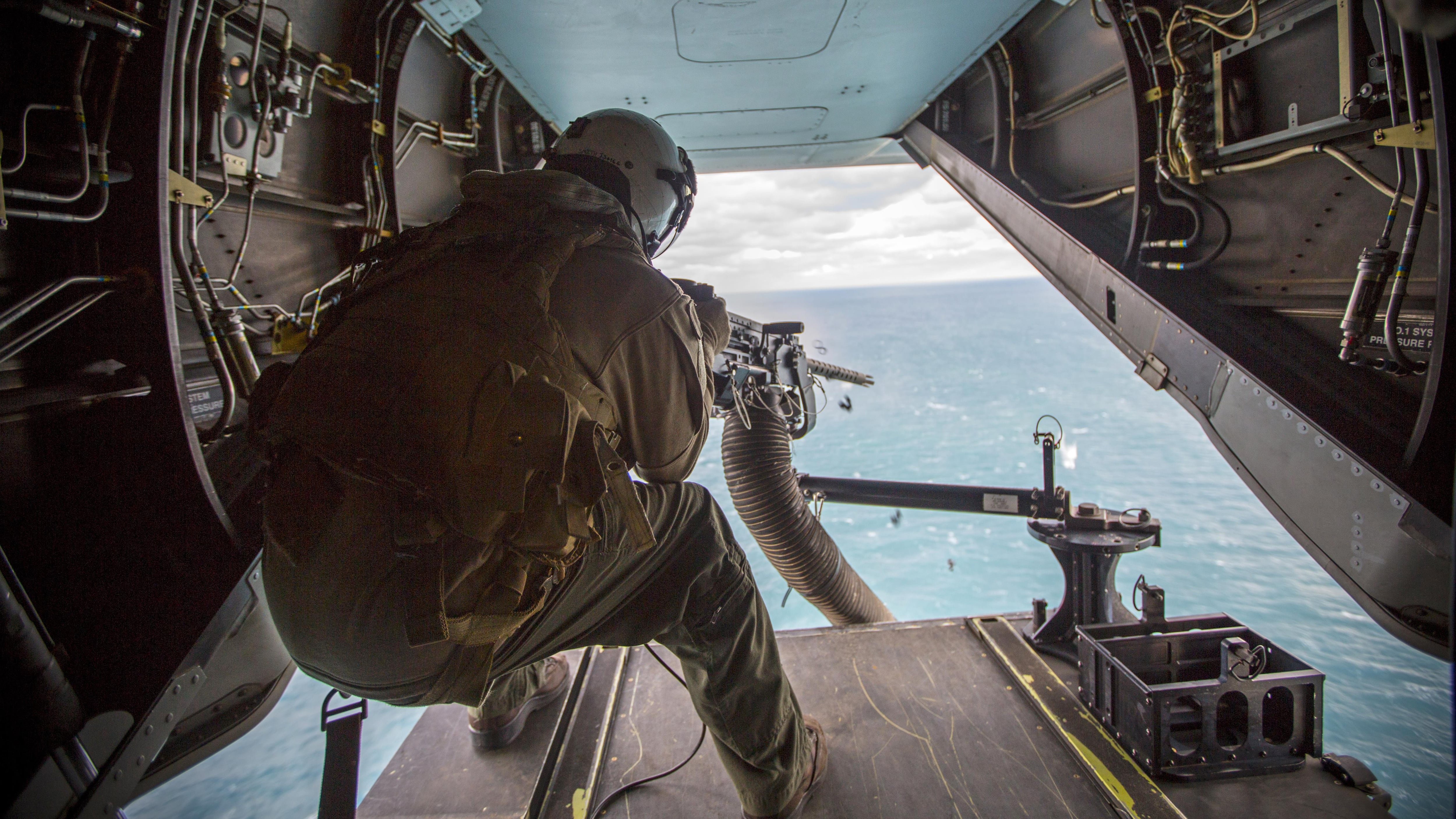Speaking before lawmakers, the Marine reserve commander admitted that suicides and shortages in aviation crew chiefs are some of the major issues facing the force.
With 12 suicides last year and five so far this year, Marine reserve leadership is taking the issue seriously, Marine Corps Forces Reserve Commander Lt. Gen. Rex C. McMillian told lawmakers at a Tuesday Senate hearing on reserve and National Guard appropriations.
“It is not as prevalent now as it was during the height of OIF [Operation Iraqi Freedom] and OEF [Operation Enduring Freedom],” McMillian said about post-traumatic stress disorder. But the reserve’s “major concern” is suicide.
Across the entire Defense Department in 2017, there were 219 suicide deaths in the reserves and 126 across the Army and Air National Guard, according to a 2017 DoD report on suicide.
“We work hard to mitigate that,” he said.
However, most of the suicides in the reserves are not occurring while the Marines are on drilling status or training in the field: “It’s the other 28 days in the month when we don’t see them,” McMillian explained.
Most of the suicides are tied to relationship, legal, job and financial issues, he said.
Leadership is working hard to maintain “close and enduring contact” with the Marines, “particularly when they are off duty,” McMillian said.
And those efforts may be bearing fruit. Suicides in the Marine reserves are down from 2016 levels. In 2016 there were 19 reported suicides across the Marine reserves, which was the highest going back to 2012, the last data point available in the 2017 DoD report.

In an unrelated issue, the service is struggling to recruit and train aviation crew chiefs. Currently the Marine reserves are manned at only 55 to 65 percent, McMillian said.
“Where I do have a gap is in my crew chiefs, particularly in MV-22s and Hueys,” McMillian told lawmakers Tuesday.
Manned at only 55 to 65 percent, the Marine reserves are trying to recruit crew chiefs leaving active duty to bolster their numbers.
The reserves can train their own crew chiefs but “it takes a lot bit of time” to grow those Marines, McMillian said.
Shawn Snow is the senior reporter for Marine Corps Times and a Marine Corps veteran.





